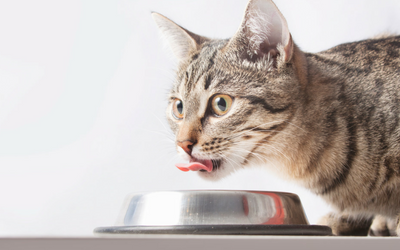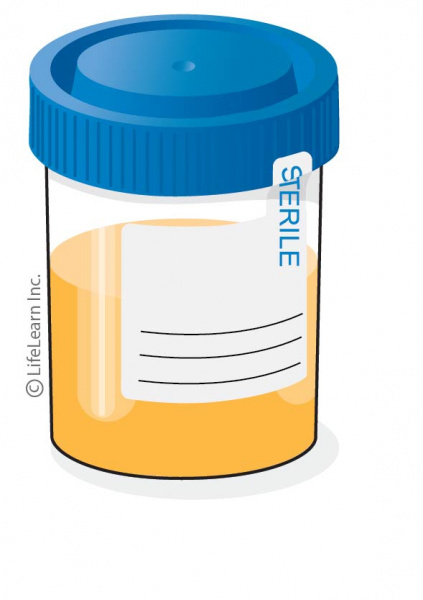Can My Cat Continue to Take Prednisolone
What are steroids? 
Corticosteroids (commonly referred to as steroids or cortisone) are a class of steroid hormones that are naturally produced in the adrenal glands. Corticosteroids are involved in a wide range of activities in the body, including the stress response, immune system response and control of inflammation, nutrient metabolism, and maintenance of blood electrolyte levels.
The adrenal glands produce two forms of corticosteroids:
- Glucocorticoids such as cortisol. These control carbohydrate, fat, and protein metabolism and reduce inflammation through several different mechanisms.
- Mineralocorticoids such as aldosterone . These control electrolyte and total body water levels, primarily by causing sodium retention in the kidneys.
Why are corticosteroids prescribed?
Because of their anti-inflammatory properties, corticosteroids are a valuable class of medications. They are commonly used to treat mild inflammatory conditions and/or to suppress the inflammation associated with an allergic response. When administered in high doses, they act as immunosuppressant drugs, meaning they suppress or prevent an immune response.
"Because of their anti-inflammatory properties, corticosteroids are a valuable class of medications."
Most forms of corticosteroids that are prescribed are synthetic, and include prednisone, prednisolone, dexamethasone, triamcinolone, and methylprednisolone. These synthetic forms of corticosteroids are many times more potent than the naturally occurring forms found in the body and typically last much longer. It is this potency and increased duration of activity that must be carefully monitored or serious side effects from these drugs may result.
For decades, this class of drugs has benefited humans and animals. They are a vital part of the treatment protocol for many life-threatening diseases. Their benefits far outweigh any risks in the majority of cases. When used properly, very few side effects occur.
What side effects can corticosteroids cause?
Corticosteroids have both short- and long-term side effects that cause different problems in your cat.
Short-term side effects
Short-term side effects are those that we expect a cat to experience when initially placed on corticosteroids. These side effects depend both on the type of steroid prescribed and on the dosage administered and include:
- increased thirst and urination
- increased hunger
- general loss of energy
- development or worsening of infections (especially bacterial skin infections)
- vomiting or nausea (less common)
Some pre-diabetic cats may become diabetic with corticosteroid usage. In many of these cases, the diabetes resolves once the steroid is discontinued.
If any of these side effects occur, they can often be eliminated by lowering the dosage or frequency of administration. In some cases, your veterinarian may prescribe another type of corticosteroid in an attempt to reduce the side effects. The objective is to determine the lowest dose of medication that controls the condition with the least number of side effects.
Long-term side effects
Some diseases and medical conditions require long-term treatment with corticosteroids, at either an anti-inflammatory dose or an immunosuppressive dose. When corticosteroids are used for more than three to four months, particularly at immunosuppressive doses, additional side effects become a concern. The most commonly seen long-term side effects include:
- urinary tract infections (UTIs), which occur in up to 30% of patients. Monitoring for the development of UTI is achieved by performing periodic urine cultures. A patient receiving steroids may not experience the usual symptoms of urinary tract infection, because the steroid will suppress the inflammation and discomfort commonly associated with a UTI. In many cases, a urine culture may be the only way to detect the infection.
- development of thin skin, blackheads, and a poor or thin hair coat
- poor wound healing ability
- development of obesity due to increased hunger
- muscle weakness secondary to protein catabolism (breakdown)
- development of hard plaques or spots on the skin called calcinosis cutis . These plaques are the result of calcium deposition in the skin.
- susceptibility to opportunistic or secondary bacterial infections
- increased susceptibility to fungal infections (especially of the nasal cavity)
- predisposition to diabetes mellitus
I have been told that corticosteroids can cause Cushing's disease. Why is this?
An excessive level of corticosteroids may cause Cushing's disease. When a cat is on long-term, high doses of glucocorticoids, there is an increased risk that a condition called iatrogenic (medication induced) Cushing's disease will develop. The clinical signs of Cushing's disease include increased thirst and urination, an increase in UTI's, skin/ear infections, a 'pot-bellied' appearance, thinning skin, and hair loss. In the treatment of some diseases, the risk of iatrogenic Cushing's disease is unavoidable. To minimize this risk, corticosteroid doses are tapered down over time or several different drugs may be used in combination.
How do I reduce the risk of these side effects in my cat? 
Fortunately, most cats can safely use corticosteroids if a few simple guidelines are followed, such as:
- Avoid using glucocorticoids on a daily basis except when specifically instructed by your veterinarian. Only life-threatening immune-mediated diseases require long-term daily steroid use. Most steroid protocols require daily use only during the initial treatment phase. If your cat is receiving steroids to reduce itching or for musculoskeletal pain, ideally you should administer them every other day. If you feel your cat requires daily steroid use, inform your veterinarian, who may recommend an additional or alternative treatment combination.
- If a cat requires more than three to four months of steroid usage, the condition should be re-evaluated or other treatment options should be pursued.
- Cats on long-term steroids are usually monitored with quarterly examinations and urine cultures and blood tests every six months.
Corticosteroids can be life-saving medications and improve the quality of life for many cats. By working closely with your veterinarian, you can safely administer these drugs and provide your cat with the highest standard of care. If you have any questions or concerns about your cat's medications, please contact your veterinarian.
Source: https://vcahospitals.com/know-your-pet/steroid-treatment-long-term-effects-in-cats
0 Response to "Can My Cat Continue to Take Prednisolone"
Post a Comment